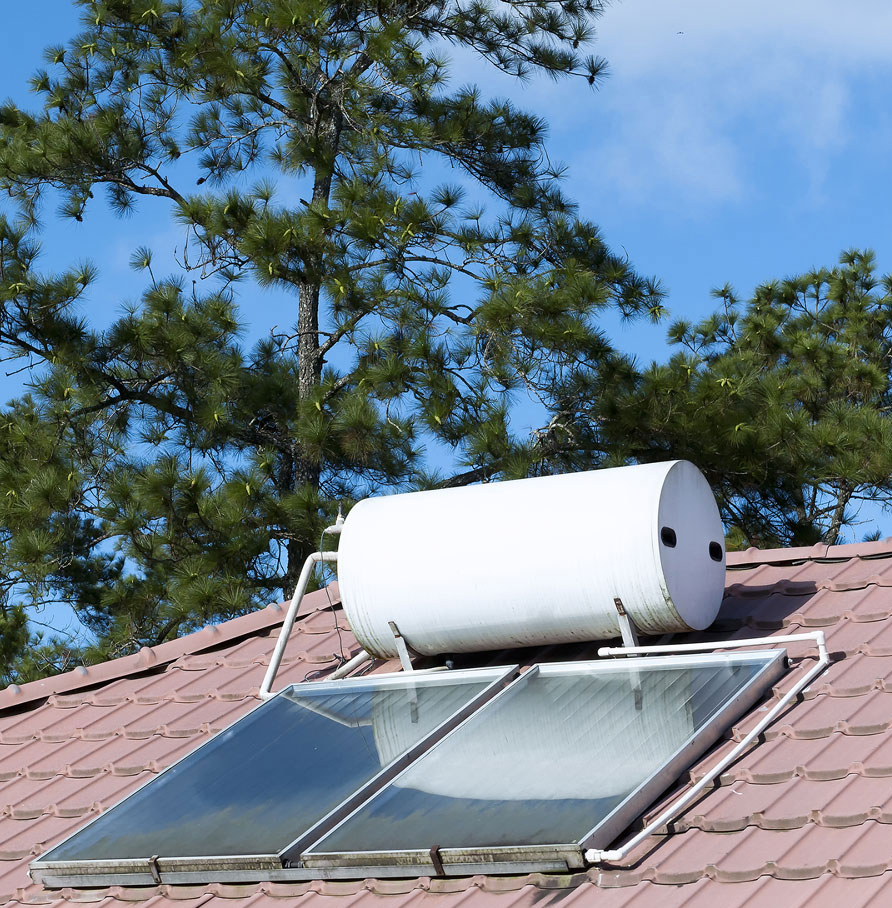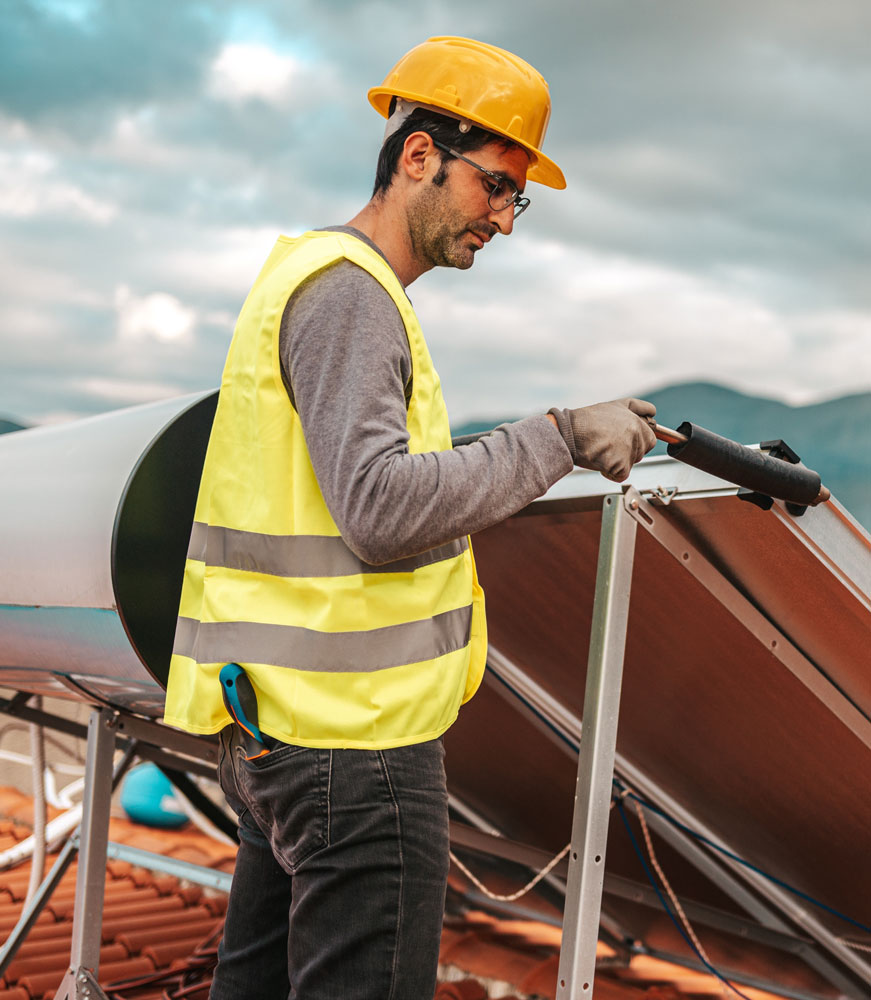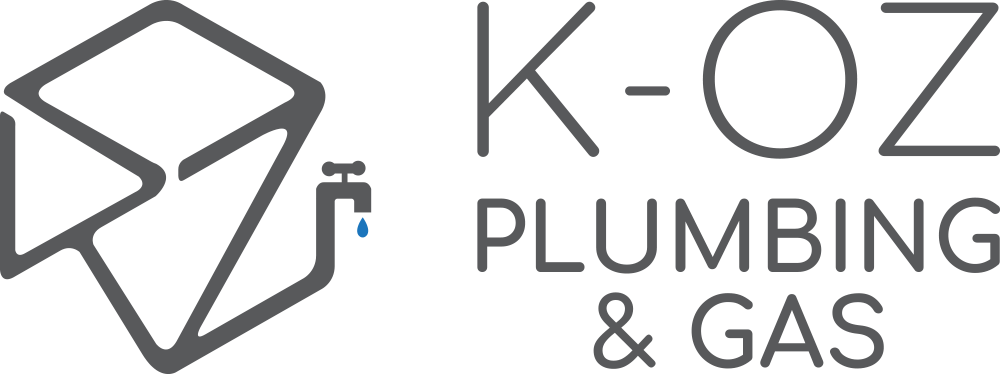Don't Miss Out on the Ultimate Green Solution
Solar Hot Water Systems
Australian Solar Hot Water Systems!
Are you tired of your ever increasing energy bills and looking for a sustainable, eco friendly solution? Solar hot water could be just what you need. This blog post will help decode everything about these advanced systems from understanding its basics to the cost involved, application for government rebates, installation and maintenance requirements.

Uses sunlight to heat the water in the storage tank.

Reduces energy bills and carbon emissions.

Works effectively even in cloudy weather, but less efficient than on sunny days.

Provides enough hot water for daily household needs.

Can be used with an existing conventional hot water system if desired.

Typically takes one or two days to install

Requires regular maintenance, such as checking pressure valves and sacrificial anodes.

What is solar hot water ?
Makes warm water with the help of the sun. It has two key parts: solar collector panels and a tank to keep hot water. The panels get heat from the sun and send it to the tank. There are two types of setups. In one, both panels and tanks sit on your roof. We call this a thermosiphon system. The other type is called apumped or split system, where onlypanels areon the roof, but you can put tanks at ground level or inside your home or buildingfor ease of use. The perfect place for these systems is an open north-facing part of your roof without any shade for maximum power from sunlight! This way, we can use nature’s free energy to heat our water in an eco-friendly way!
Flat plate vs. evacuated tube systems
These systems typically utilise either flat plate collectors or evacuated tubes to absorb sunlight and transform it into heat energy. Both have their merits, an d your choice may depend on factors such as the climate, budget, and space availability on your roof.
Flat Plate Collectors
- Flat plate collectors are a more traditional design and consist of a dark flat - plate absorber, a transparent cover that reduces heat losses, a heat transport fluid to remove heat from the absorber, and a heat insulating backing.
- The flat plate collectors should ideally be installed in a north - facing part of the roof with no shading for maximum efficiency.
- They are less expensive compared to evacuated tubes . This makes them an economical choice.
- Frost - prone areas require frost - tolerant panels that use a special heat - exchange fluid to heat the tank, which may add to the initial cost.
Evacuated Tube Systems
- Evacuated tubes are a newer technology . They consist of a set of parallel transparent glass tubes, each containing an absorber tube and are us ually more efficient than flat plate collectors.
- Evacuated tubes can be installed in any orientation, as they have a circular absorption profile
- While evacuated tubes are more expensive than flat panel collectors, the increased efficiency could result in more significant savings over time .
- Evacuated tubes function well in both hot and cold climates, including frost - prone areas. They are often the preferred option for these regions.
Stainless vs. glass tanks
Choosing between a stainless or glass tanksystem can be influenced by your budget, needsand living conditions. Here’s an overview of both options:
| Type of Tank | Pros | Cons |
|---|---|---|
| Stainless | Stainless tanks are more durable and resistant to corrosion. They're commonly used in frost prone areas for their durability and freeze prevention properties. | While stainless tanks might have longer lifespan, the initial cost is usually higher compared to glass tanks. They also require occasional maintenance and replacement of parts. |
| Glass | Glass tanks are usually less expensive, making them a more budget friendly option for some households | Despite the lower initial costs, glass tanks can be prone to cracking or breaking. They also need occasional maintenance and replacement of parts. |
The decision between stainless and glass tanks ultimately depends on your individual needs and circumstances.
The Cost of Solar Hot Water Systems
Initial purchase and installation costs
Buying and setting up is not cheap. The price of the unit itself plus the cost of putting it in place can be high. Even so, you save money on your energy bill later.
This makes it a good long-term choice for many homes. A more advanced type of system, like one with evacuated tube collectors, may cost more at first but works better in the end.
Payback time
Solar can save you money over time. The more hot water you use, the quicker you get your cash back. Energy bills drop fast once a system is in place. But how long does it take to earn back what you spent at first?
That depends on many things.
The cost to set up your new system comes into play when figuring out payback time. How much energy savings also matters. Just know this: the exact payback period varies.
Other factors like government rebates and the type of solar collector panels used can affect that too.


Government Rebates
Eligibility criteria
Getting the government’s cash back depends on a few rules. You need to follow these rules to get the rebate:
- The type of solar or heat pump hot water system matters. It must be one that saves a lot of energy.
- The place you put your system plays a big role too. Some areas get more sun than others.
- Solar and heat pump hot water systems can earn 20-40 small-scale technology certificates (STCs) based on location and how well they work.
- Your system must meet building regulations and noise laws, especially in apartment buildings.
- If it’s a business install, different rules may apply.
How to apply for a rebate
Getting a rebate is easy. Here are the steps you need to follow:
- Find an authorized hot water retailer. They will provide you with a quote
- Note down the quote number given by the retailer. You will need this for your rebate application.
- Have two forms of ID ready. These can be a driver’s license or Medicare card.
- Go to the government’s rebate website and fill out the application form.
- Make sure to input your quote number into the form along with the other needed information.
- Wait to hear back about your application. If successful, you will get up to $1,000 off as a 50% rebate on the purchase price.
Getting a quote
You need a quote before installation. Look for a company with good reviews and ask them to come to your home. They will study the layout of your house, check where you use hot water, and find out how much sunlight hits your roof.
You can also ask about costs for both up-front buying and longer term running. Ask more than one company so you can compare prices and services offered. Do not forget to check their installers have correct licenses too!
Regular maintenance requirements
Regular maintenance is necessary to ensure optimal performance and longevity. Here are some important maintenance tasks to keep in mind:
- Clean the solar collector panels regularly to remove dirt, debris, and any build-up that can hinder their effectiveness in capturing sunlight.
- Check the connections and seals on the roof where the solar panels are installed to ensure they are secure and watertight.
- Inspect the storage tank for any signs of leaks or corrosion. If any issues are detected, it may be necessary to replace parts such as pressure valves or sacrificial anodes.
- Monitor the temperature and pressure settings of the system to ensure they are within the recommended range.
- Keep an eye on the circulation pumps and controllers, ensuring they are functioning properly.
- Regularly check for any error codes or warning lights on the system's control panel that may indicate a problem.

Comparing Solar Hot Water and Solar Panels
The table below summarises the differences to help you make an informed decision.
| Solar Hot Water Systems | Solar Panels | |
|---|---|---|
| Function | Heats water directly for household use. | Generates electricity which can be used for heating water and other household needs. |
| Components | Comprises solar collector panels and a storage tank. | Comprises photovoltaic cells that convert sunlight into electricity. |
| Installation | Panels should be mounted on a north-facing part of the roof for maximum efficiency. Storage tank can be roof-mounted or placed at ground level. | Panels can be installed on any part of the roof that gets ample sunlight. |
| Efficiency | Evacuated tubes are generally more efficient but more expensive than flat panel collectors. | Depends on the quality and type of the photovoltaic cells, and the amount of sunlight received. |
| Additional requirements | Frost-prone areas require frost-tolerant panels. | No special requirements for frost-prone areas. |
| Cost and payback time | Initial purchase and installation costs are higher, but payback time can be shorter due to high efficiency and government rebates. | Can be more cost-effective in the long run due to lower maintenance costs and ability to generate excess electricity for sale back to the grid. |
The decision between stainless and glass tanks ultimately depends on your individual needs and circumstances.
Frequently Asked Questions
1. What is a solar hot water system?
A solar hot water system uses solar power and a heat pump to warm up water. The main parts of the system are the solar collector, storage tank, and booster.
2. How does a typical solar hot water system work?
Solar panels or an evacuated tube capture sunlight and turn it into energy. This energy then powers the heat pump that heats up your home's water in the storage tank.
3. Can I use both gas and electric boosters with solar hot water?
Yes! You can choose either an electric-boosted or gas-boosted setup depending on the type of fuel—natural gas or LPG bottles—you have access to.
4. Is installing a solar hot water system worth it?
Installing this kind of green energy device will reduce carbon emissions, lower energy costs for heating your home's water supply, making them good for both our planet and your wallet!
5. Are there any incentives for adding these systems to my house?
You bet! Both federal and state government offer incentives such as rebates to encourage homeowners to make their houses more eco-friendly by using things like split-systems that take advantage of excess electricity generated by PV panel systems set aside for feeding back into the grid.
6. Where can I buy world leading brands like Rheem or Thermann
There are many places where you can buy these top-rated brands including online shops as well as physical stores offering in-store purchase options with postcode-based pricing available in certain areas.
What are the benefits of installing a solar hot water system?
Environmental Benefits: Reduces greenhouse gas emissions as it relies on renewable solar energy instead of fossil fuels.
Cost Savings: Reduces electricity or gas bills associated with water heating.
Energy Independence: Reduces reliance on non-renewable energy sources.
Increased Property Value: Homes with solar installations often have higher resale values.


